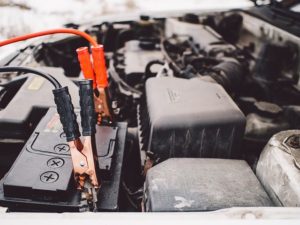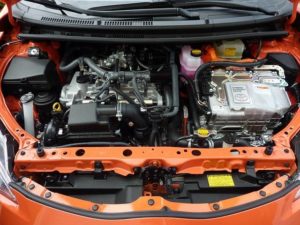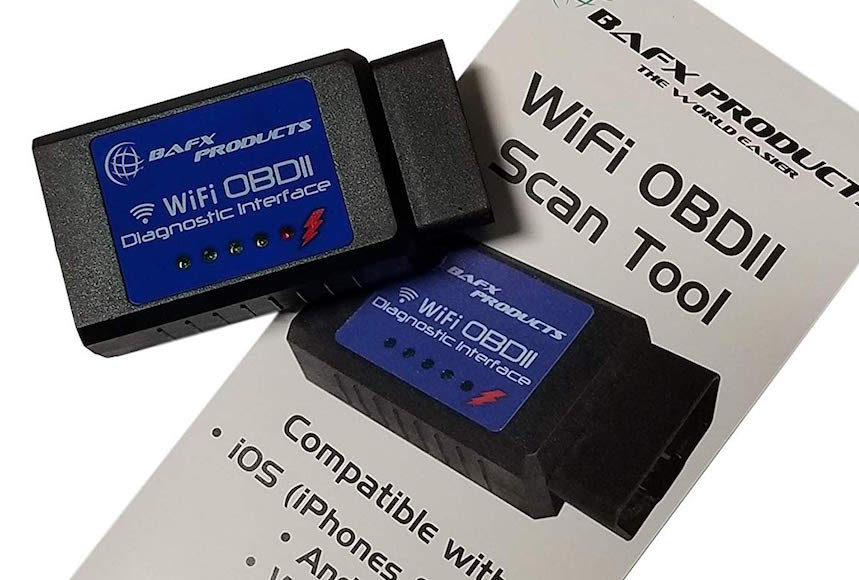Table of Contents
The Main Causes of Car No Starts:
There are a lot of ways the cars can not start. One of the most annoying ways is when you turn the key and nothing happens. Also, you may have just changed the battery and have no reason to believe it is bad. Through my tons of research, and also loads of hours diagnosing these exact no start conditions on cars I will take you through the best checklist of items to check. You need to be sure the battery is actually strongly charged, the connections are tight, and that your cars security system isn’t preventing the car from starting.
Why just saying a battery is “new” doesn’t mean it is actually charged:
While you may think your battery is good and your connections are tight it is best to double check with a battery tester and some tricks I’ll teach you.
Here is where owning a high quality “battery tester” comes in handy. It can test the battery better than just taking a multimeter reading, and they’re a handy tool to have. I recommend this battery tester if you have the budget for professional quality tools Midtronics PBT300 (Link to check price on Amazon)
Or this battery tester, the SOLAR BA5, if you’re on more of a budget. You can read my whole buying guide on battery testers, cleaning up corroded battery terminals, and how to prevent the corrosion from coming back by clicking here.
I ask that you please read that article first so you understand these concepts.
The Steps to Diagnosing Why Your Car Isn’t Starting:
- Check the terminals on the battery for corrosion and tightness.
- A good way to check how tight they are is to try and wiggle them with your hand if you can wiggle them they are not tight enough. Tighten them and start over.
- Make sure the battery is installed correctly, and there isn’t a build up of corrosion on the terminals.
- Corrosion looks like white powder growing up on the battery terminals. It must be removed.
- To read about how to fix corroded battery terminals read my article here. You should also read that article if you are at all confused on how to test if a battery is charged/charging system (alternator) is working. I recommend owning a good multimeter, and a battery tester (both link to Amazon and my recommendations).
Once we know the battery and the connections are good and tight we can move on:
- Turn the key to the start position and try starting the car like you normally do.
- Do you hear it cranking over?
- Does it sound healthy and strong, or slow and weak?
- Slow and weak: go back and retest the battery or get a jump.
- If you don’t have jumper cables already or a jump starter pack I recommend buying high-quality cables like these, or a jump pack to carry in your car like this one.
If you have a healthy cranking engine and it sounds normal. Move onto these next steps.
All engines need five things to start and run (FastC method of diagnosing):
- Fuel (Diesel or Gas)
- Air (Diesel and Gas both need air to start/run)
- Spark (Only gas engines need a spark, diesel engines need high compression and glow plugs in cold weather to start)
- Timing (The spark needs to come at the right time for the engine to start and run)
- Compression (without compression the engine will not run, or not have any power)
To read my article where I really lay out the FastC method of diagnosing any no start condition read here. You can also find all the tool recommendations there that you should have to make this easier.
This video will also take you through the steps to diagnosing a no start fast:
Steps to Diagnosing a car that you turn key and nothing happens from Chrisfix Video:
- Check battery charge, and battery connections for corrosion.
- Tighten battery terminals, and check to make sure headlights work/seem strong/interior lights work.
- Make sure instrument panel lights up and all lights come on normally (check engine, airbag, etc.)
- Try to start the car. Do you hear clicking? Does it crank over normally? Does it seem like it is cranking but slower than normal? Is it trying to start but keeps dying after firing? Does nothing happen at all?
- Each one of those is a different no start condition and gives you a clue to what is happening. If you can figure out which one of those scenarios describes your car, then you can google “my car– does this and this” and read the specialized guides that will exist on Google for your exact car.
- For example, say I have a 1998 Honda Civic like the video above. I would go to start the car, hear it crank over normally (like it has a strong battery), and I would be able to now say I have a “no start but cranks normally condition.” I could google Honda Civic no start cranks okay, and read how other people solved the problem.
- This changes for every car, and for every situation. For example, the process of repair on that no start problem would be much different than if I narrowed it down to no start battery is good but I only hear a click when I turn the key.
- Use the FastC method described above to start checking to make sure you have fuel, air, spark, correct timing, and compression.
- If you do not feel comfortable taking apart pieces of your car or working around gasoline and sparks please just have the car towed to a mechanic.
My main advice is to always use the KISS (keep it simple stupid) method of thinking:

- I have started many friends cars that wouldn’t crank, or crank strongly, simply because I saw the battery terminals were loose. I would quickly tighten them or wiggle them so the contact was better, then tell my friend I had “just performed magic” and to try to start the car. The look on someones face after that is always worth the trouble.
- Remember strong batteries and strong connections are the roots of everything in a modern car. Also, making sure that the car key’s immobilizer or chip is working properly.
- I surf a lot and a lot of people end up taking their electronic key into the water without thinking. Do NOT take an electronic chip key into the water surfing with you, hide it under the car, or buy a lock box like this one.
- If you do damage a chip key, or get it wet, regardless of how many jumper cables you hook up to the car it will never start. You will have to pay for a new key or pray that you have a spare chip key. It can cost upwards of $500-700 dollars to have a new chip key programmed, plus waiting for the dealership to open, and to get towed there.
My advice if all of this just went over your head it is time to take it to a mechanic. You gave it a good shot, but it is likely something more serious.








Pingback: DIY How To: Diagnose Why Your Small Engine Isn't Starting in Just Seconds - AGradeTools.com